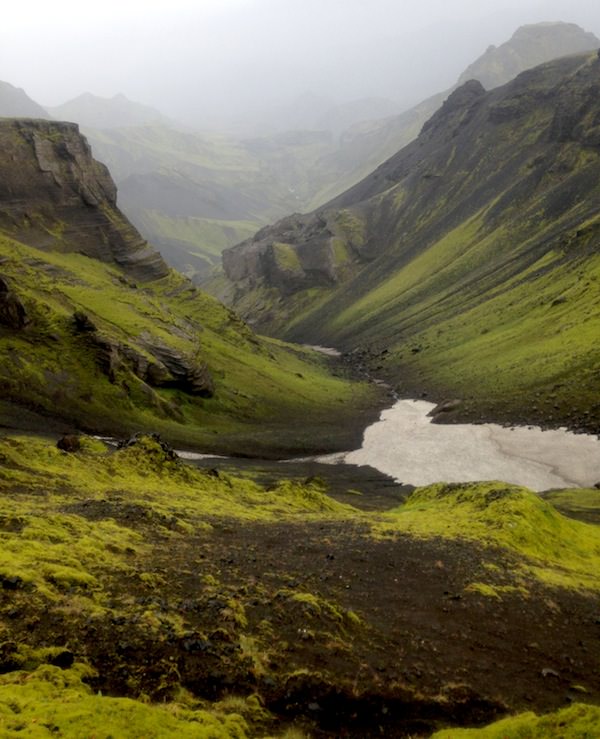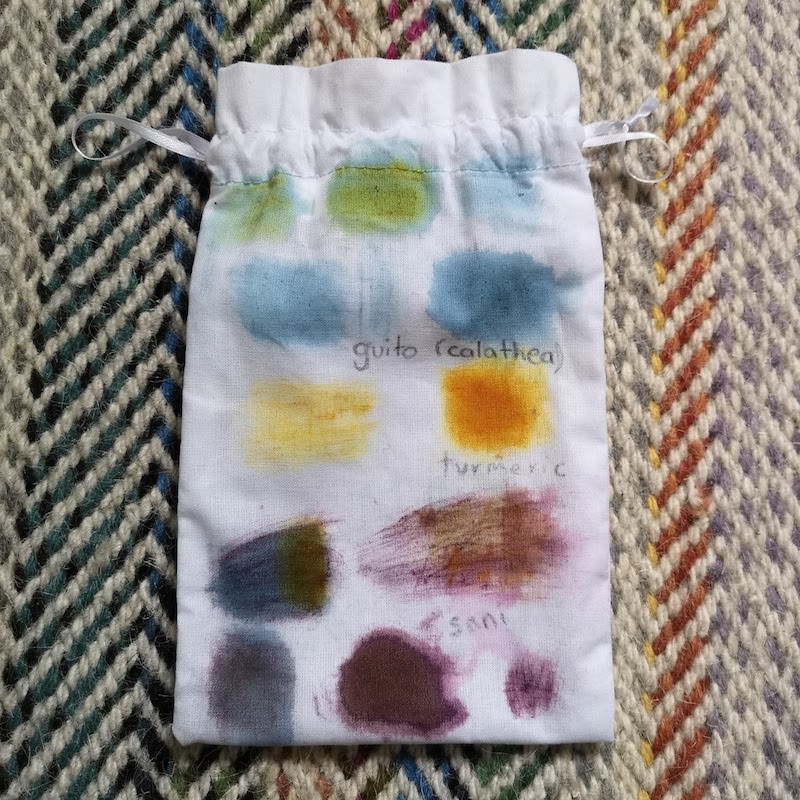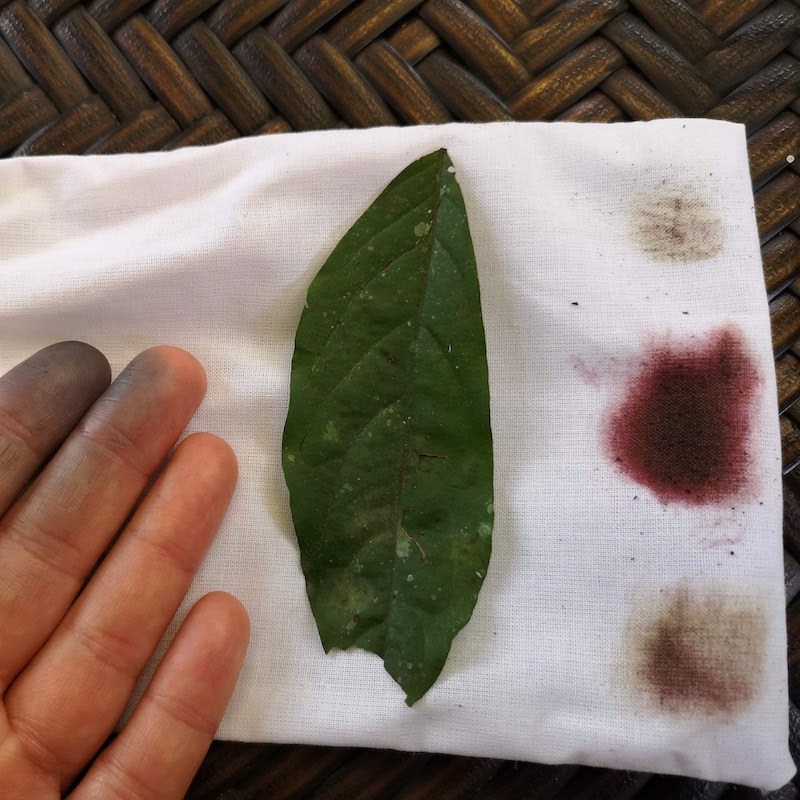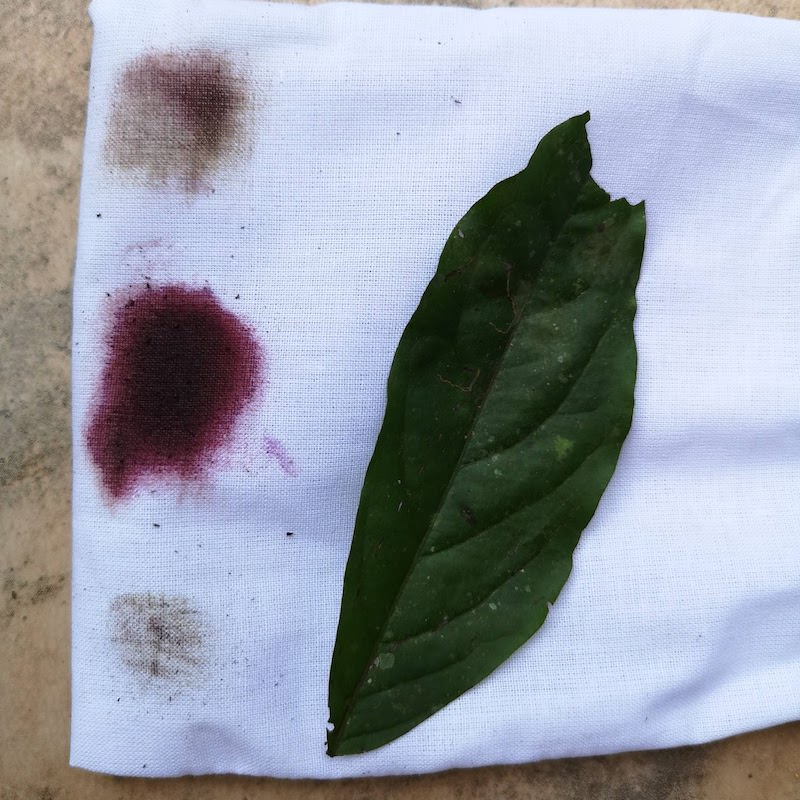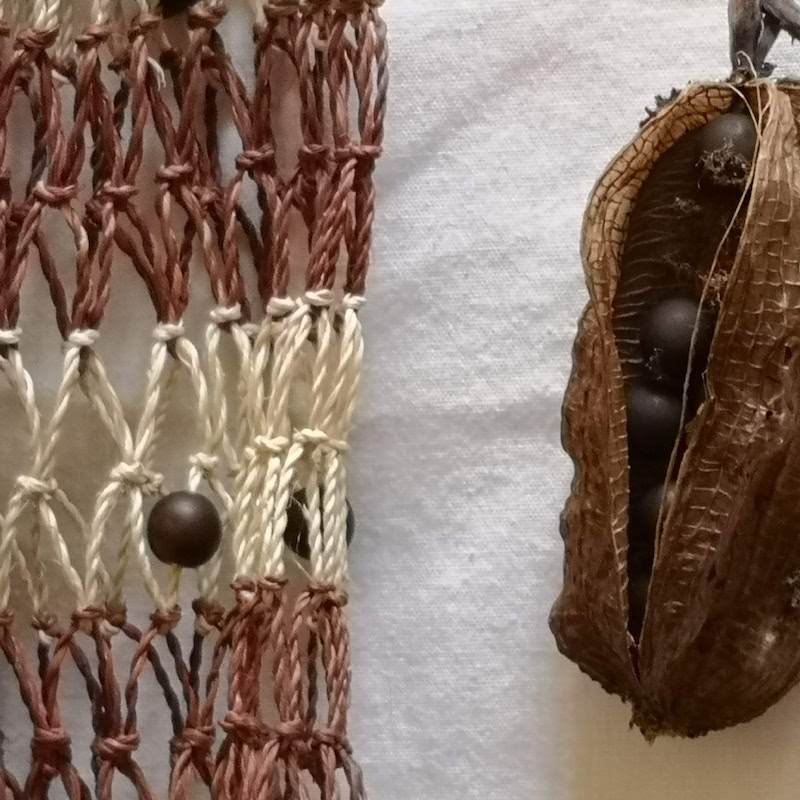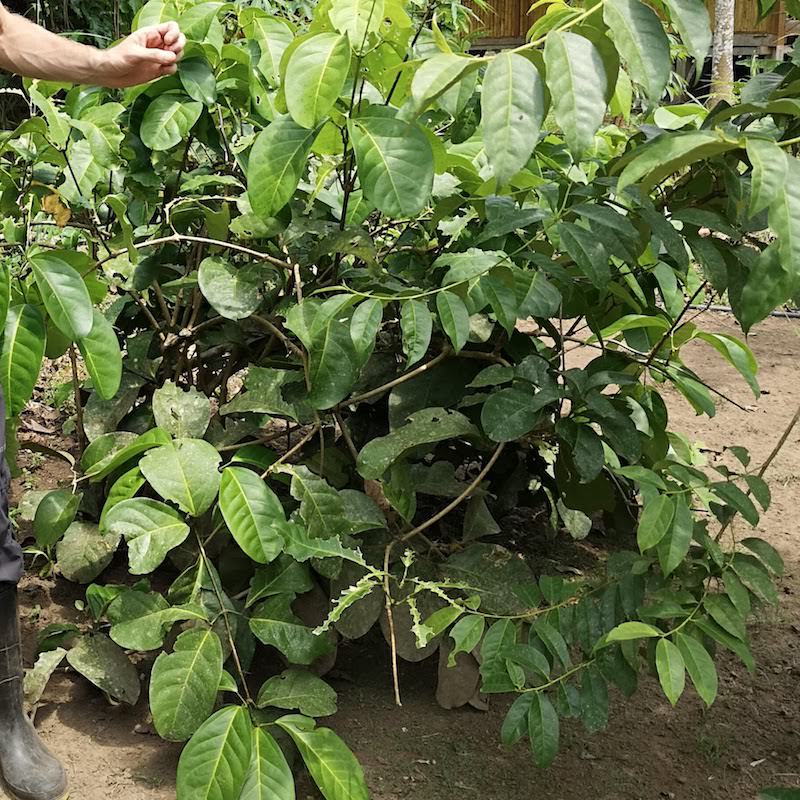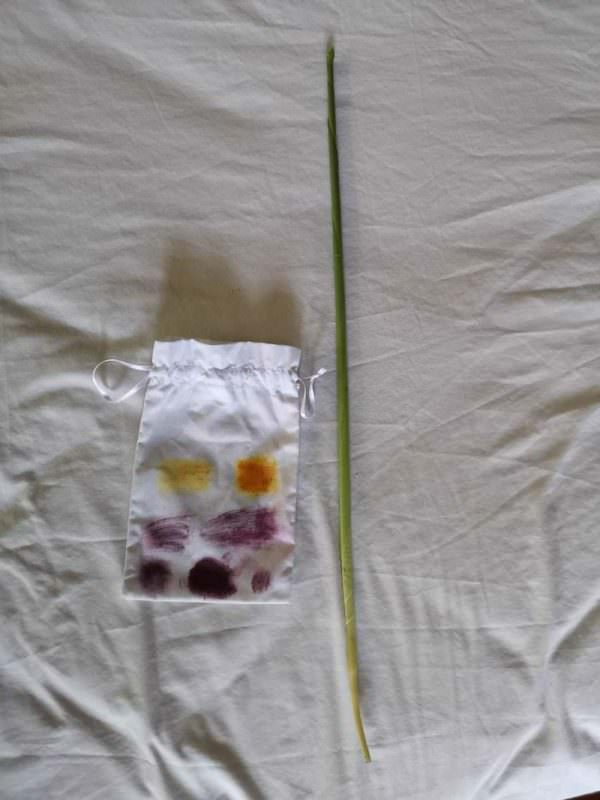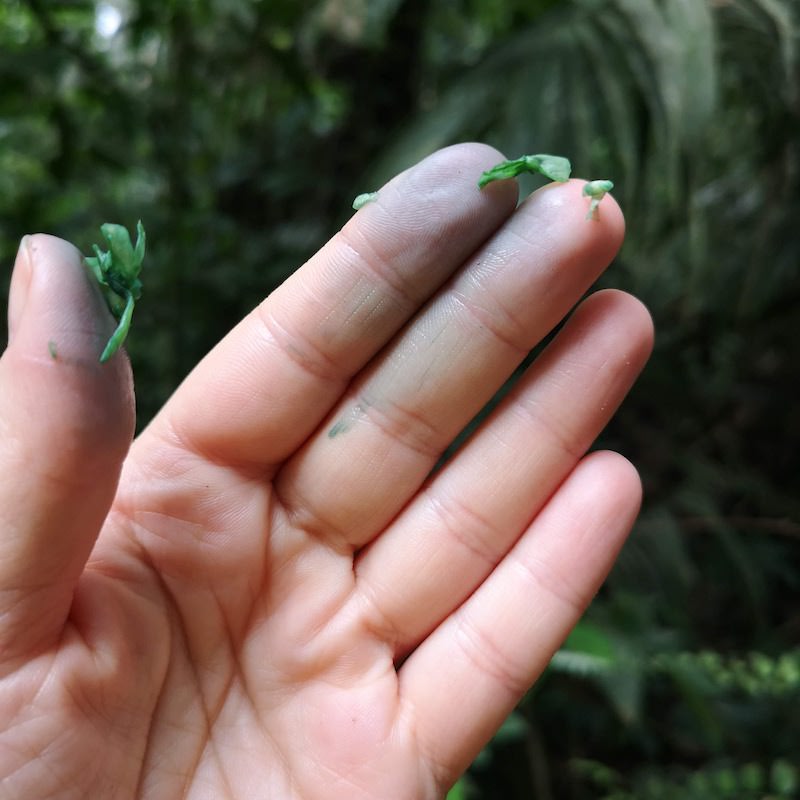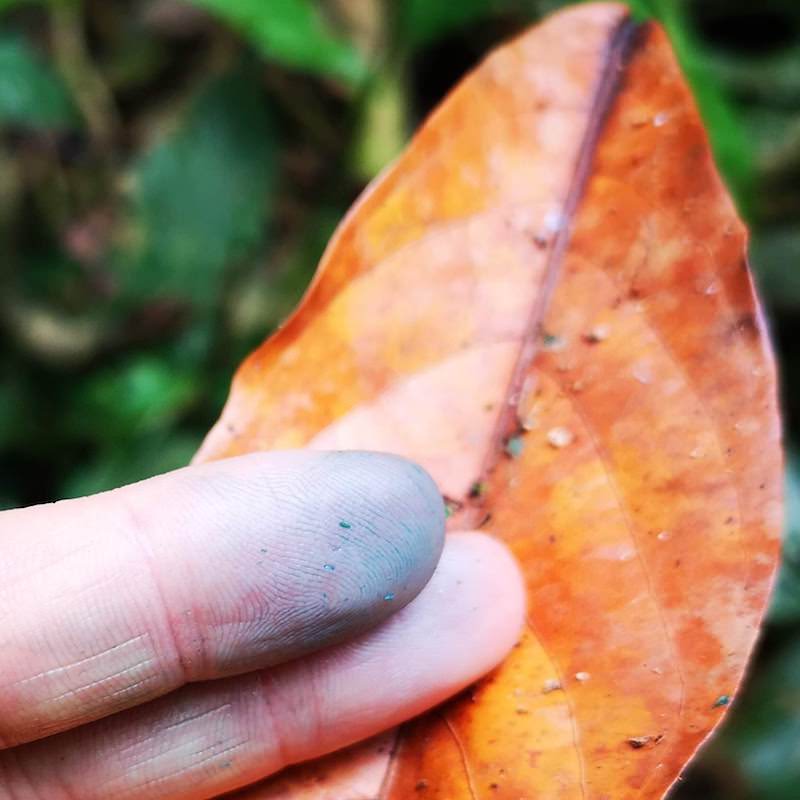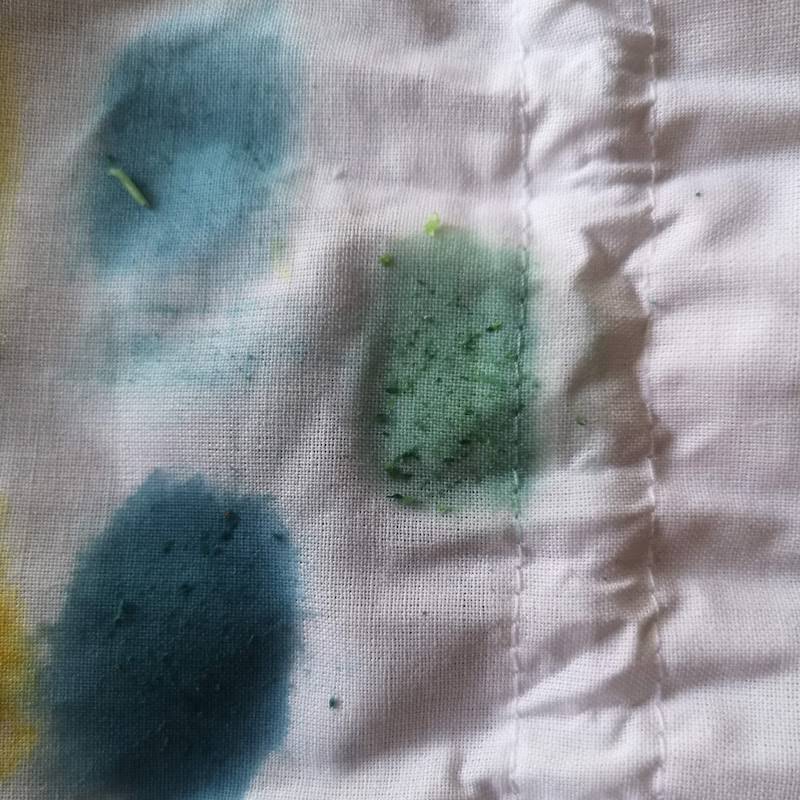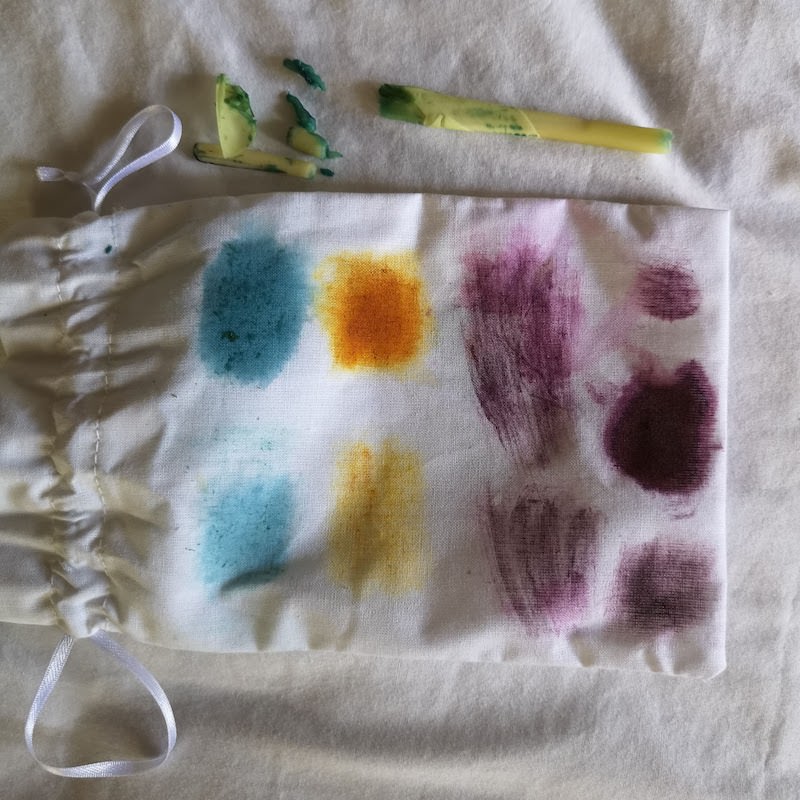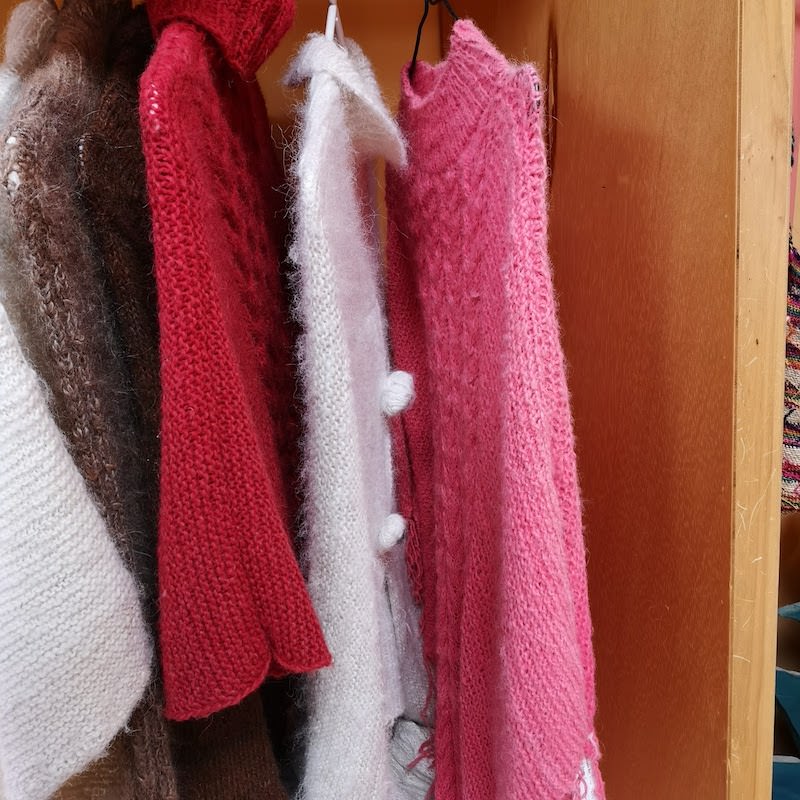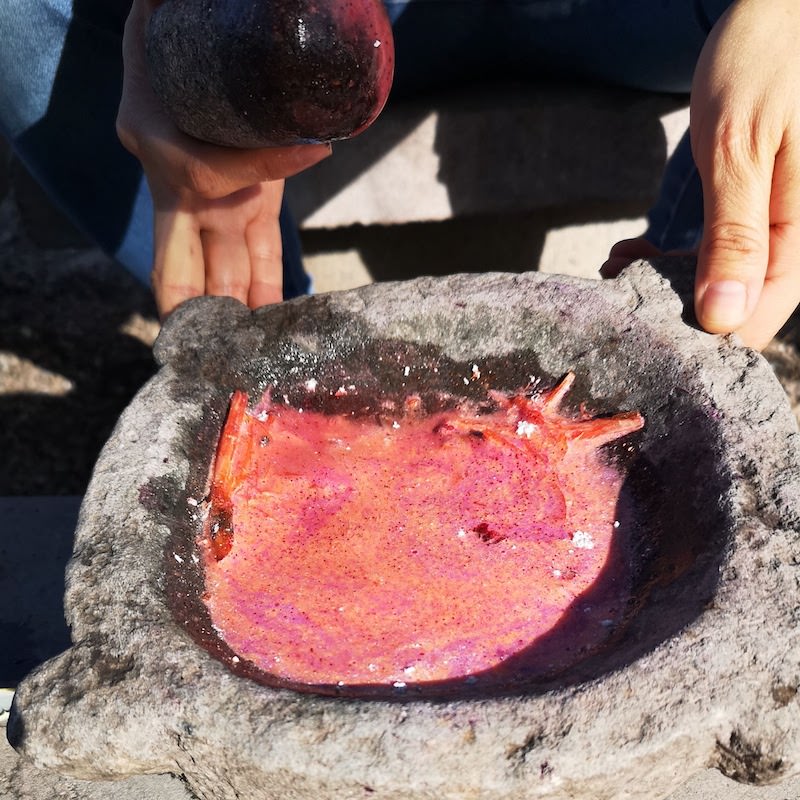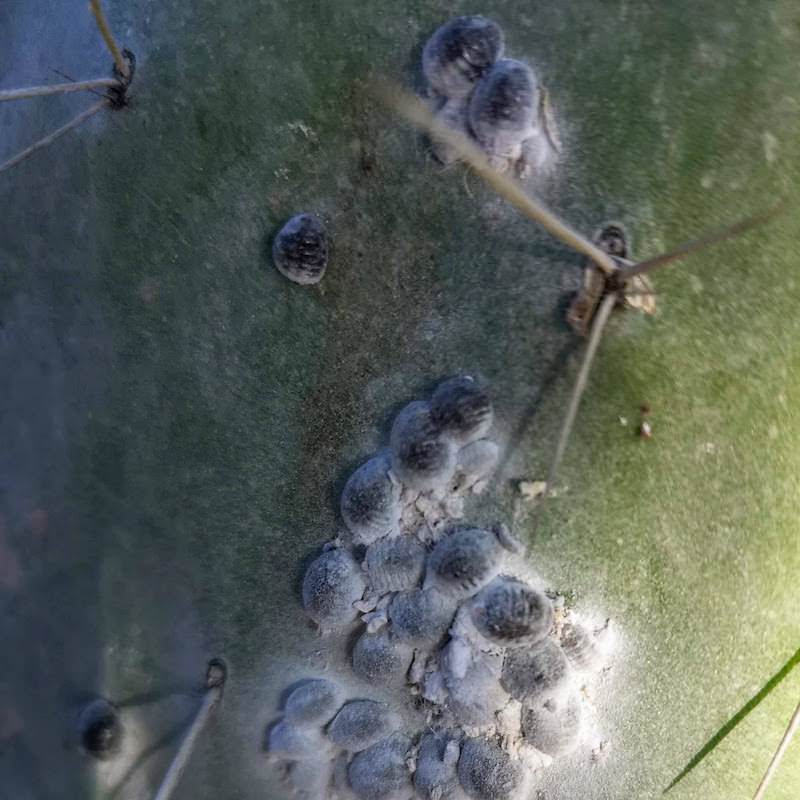Travel
Travel: Ecuador (part 3)
As I mentioned in my previous post about my travel in Ecuador, I was very impressed by the intensity of the plant dyed colors. Here are some of the plants, and insects, used for dying that I encountered during my trip. Don’t expect too much information here, only bright colors: sometimes I barely managed to catch the name of the dye with my extremely rudimentary Spanish and inexistant Quechua!
First are colors from the Amazon forest.
RED
This color is obtained by rubbing the leaves of the Sani plant (no more information about it). It first appears green then muddy brown before turning into this rich dark red. The more you rub, the deeper the color.
BROWN
I didn´t get the name of that one but those were leaves, crushed and mashed, through which the threads that make that bag were drawn to take the dye.
YELLOW
Wild turmeric root give the yellow color. Turmeric is wildly known as a spice and food coloring.
BLUE
It´s obtained by crushing the stem of a plant called Guito, which I understood is from the Calathea family.
Freshly rubbed, the color is a water green then turns in this truly beautiful blue.
Then I mixed match the dyes together to obtain more tones
From the Andean mountains were absolutely incredibly bright colors dyed by the women in Palacio Real (see Ecuador part 2)
PURPLE and GREEN
The purple is obtained with iklilin which is I think related to Rosemary. The dark green comes from the chilca plant in the Baccharis family. The light green would come from a stone rumi barbai.
RED to PINK
You can obtain a range of tone from deep red to light pink with guaranda. I´m not sure what this is, but I found out later, already back in Iceland, that in the the village of Salinas de Guaranda there are wool spinning and dye mills. I wouldn´t have time to make it there anyway, but it´s good to know!
PINK and ORANGE
This amazing pink color is obtained by crushing an insect called Cochineal then it magically turns into a gorgeous peachy orange by adding and crushing a young agave stem (hello chemistry!)
I was really excited to see Cochineals on site: as a matter of fact, I had only seen it dried! From a distance, they look like more some sort of mushrooms on cactus pads: I learned that it was because they secret a white substance to preserve them from heat and sun.
Well that will be it in this mini-series about my travel to Ecuador. I hope you enjoyed seeing those glimpses of it. As for me, in regard to the actual situation, I can´t express how thankful I am to have been able to make this one in a life time travel!
Links

